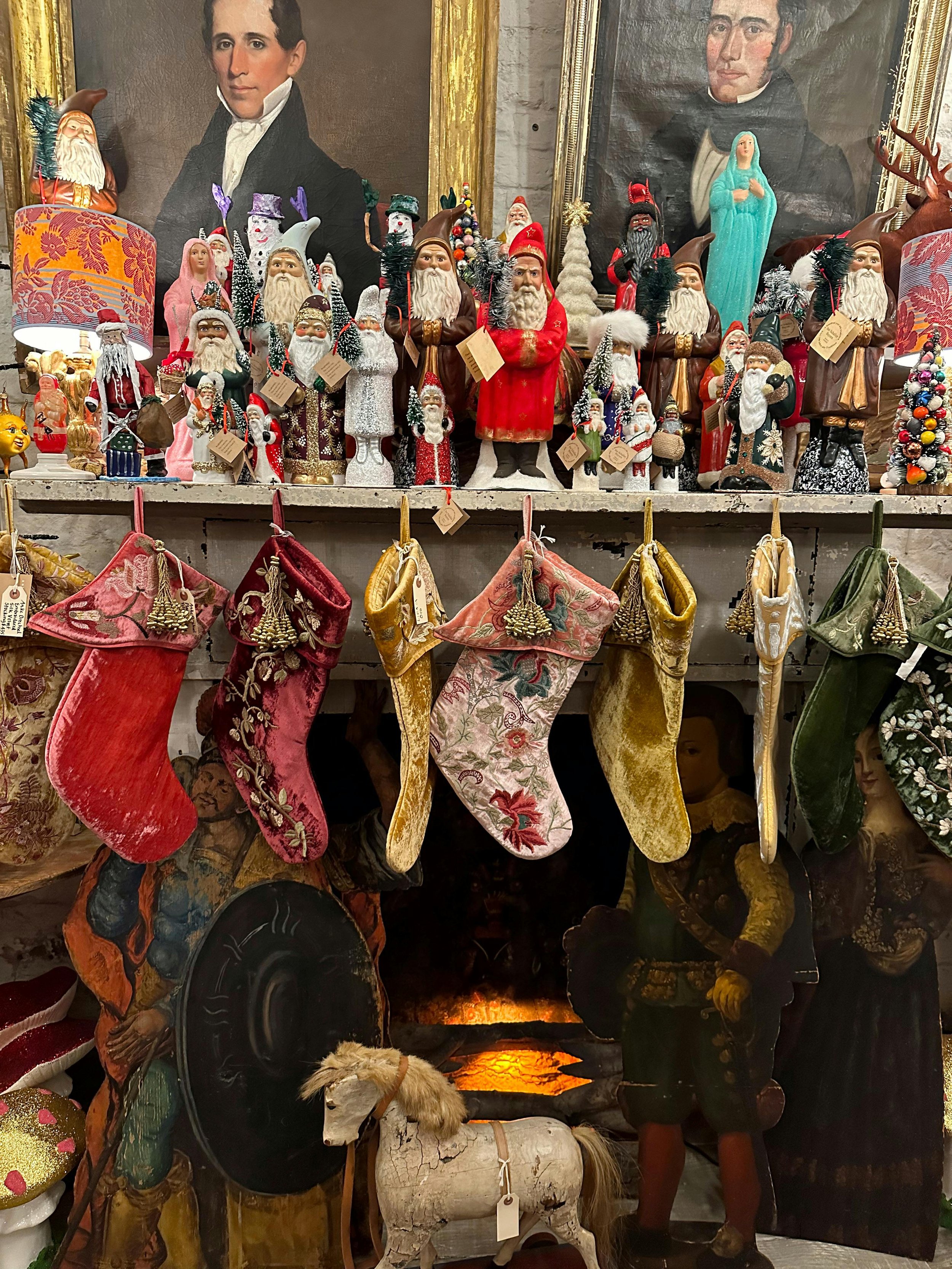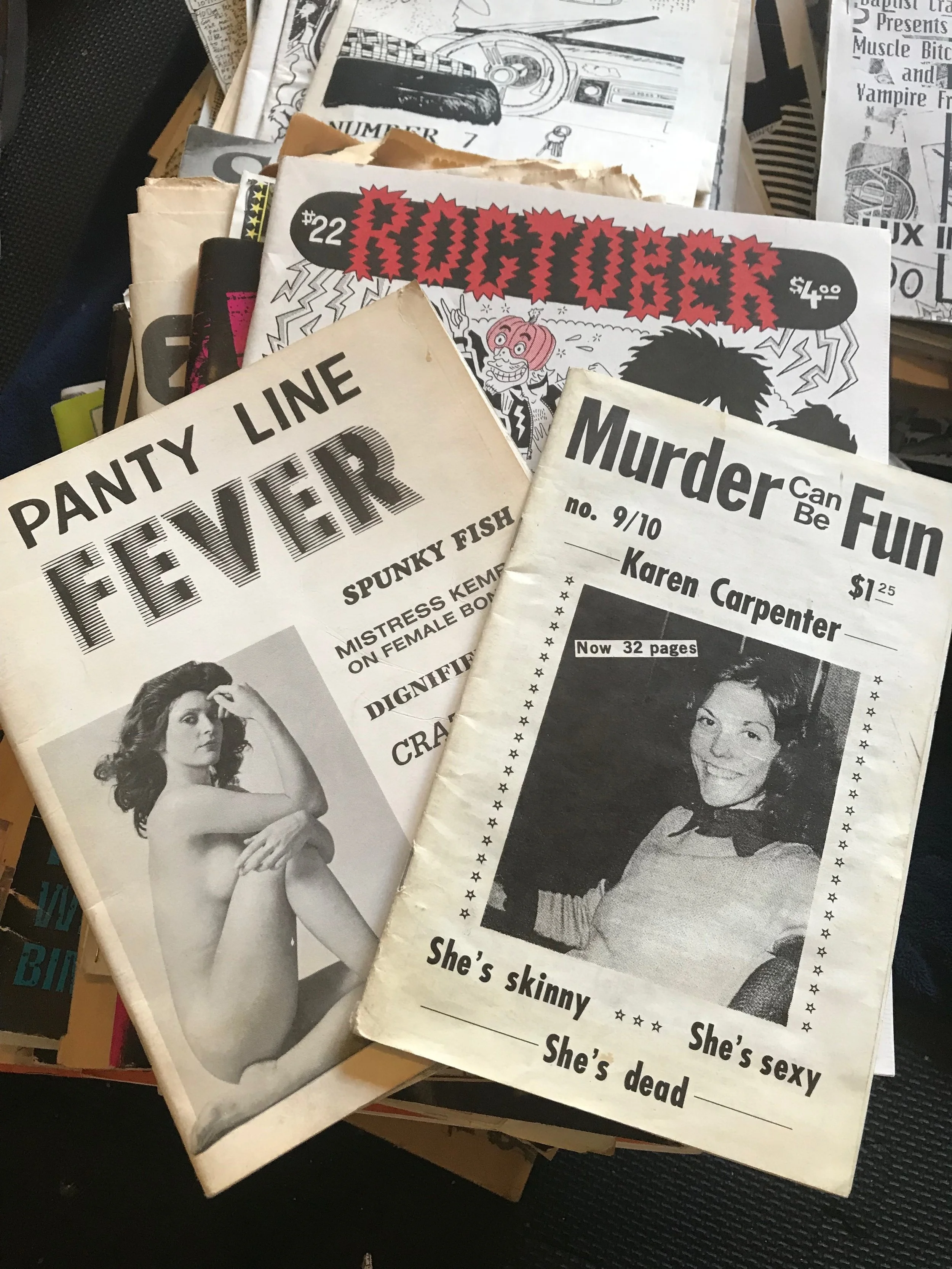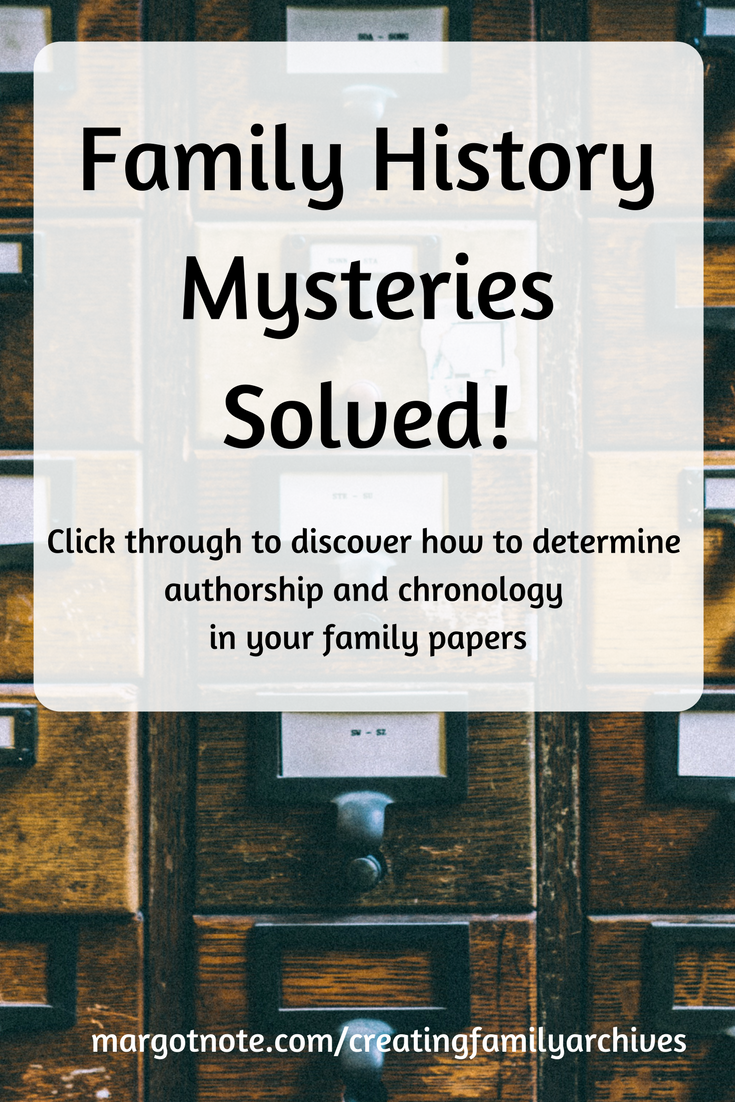When you are organizing your family archives, determining who wrote what papers and when might not be immediately apparent. Finding out the authorship and date of a document or a letter may be essential to organizing it among your documents or understanding how it fits within a grouping. Archivists use several techniques to establish authorship. They include:
Handwriting comparisons
References to people, places, events, and dates
Location and ownership of a document or set of documents
Proximity of other documents
Age and nature of paper and ink
Age and nature of handwriting style
Age and nature of phrasing and abbreviations
Researching specific details mentioned in the document
Comparing the document with new ones found
Asking others who may know more about the documents as a whole
Oral tradition
Common sense
Similarly, there are several methods to determine the date of letters and documents, which include:
Looking for clues in surrounding documents, such as newspaper clippings or photographs
Estimating dates by comparing documents from before and after the document in question
Keeping envelopes with letters to study postmarks
Estimating dates by references to people, places, events, or seasons
Looking for an interruption within a group of documents to see if the document in question fills the gap
Creating family archives opens many mysteries for you to solve as you build a valuable resource of recorded information about your loved ones.
What methods do you use to determine authorship and chronology?
To learn the preservation secrets used by libraries, archives, and museums to protect their priceless materials (that you can also use for your family heritage items) read my book:
Ready to get started creating your family archives? Here are some of my favorite products:
































